 This page intentionally left blank
This page intentionally left blank
GRAVITATIONAL SYSTEMS OF GROUNDWATER FLOW
Theory, Evaluation, Utilization Groundwater of meteoric origin permeates the upper parts of the Earths crust in spatially organized flow systems down to several kilometres. Since the discovery of the flow-system concept in the 1960s, hydrogeologys basic paradigm has shifted from confined flow in aquifers to cross-formational flow in drainage basins. Consequently, groundwater has been recognised as a fundamental geologic agent, generating and modifying natural processes and phenomena of scientific, practical and economic interest. This book is the first to present an extensive and illustrated overview of the history, principles, study methods, practical applications and natural effects of gravity-driven groundwater flow. Its user-friendly presentation requires no advanced background in mathematics, with the necessary mathematics being explained in full, and the physical meaning of the equations emphasized. The author highlights significant inter-relationships between the broad range of seemingly disparate processes and systems, demonstrating how these can be traced to a common root cause involving gravity-driven groundwater flow.
Examples are used to illustrate practical applications in areas as diverse as hydrogeology, land-use planning, environment protection, wetland ecology, agriculture, forestry, geotechnical engineering, nuclear-waste disposal, mineral and petroleum exploration, and geothermal heat flow. Written by one of the founding fathers of modern hydrogeology, and including an extensive glossary to aid students and researchers from a variety of disciplines, this book is a key reference for researchers, consultants and advanced students of hydrogeology and reservoir engineering. jzsef tth began his study of geophysics in Hungary in the early 1950s, but moved to the university of Utrecht in the Netherlands in 1956 following the Hungarian revolution. He later emigrated to Canada, where he joined the Alberta Research Council in 1960. He shifted the paradigm of strata-bound groundwater flow in drainage basins to cross-formational water movement by two ground-breaking papers in 1962 and 1963 before defending his PhD thesis in Utrecht in 1965, and has contributed fundamental concepts and observations to the role of groundwater as a geologic agent. He joined the University of Alberta in Canada as a sessional instructor in 1966 and as a full-time faculty member in 1980.
He currently holds the positions of Professor Emeritus at the University of Alberta, and Titular Professor at the Etvs Lornd University in Budapest, Hungary. Professor Tth has received many awards for his work in hydrogeology, including: the first O. E. Meinzer Award from the Geological Society of America in 1965; the 1999 Pres-idents Award from the International Association of Hydrogeologists (IAH); the 2002 Prix R. N. Farvolden Award from the Hydrogeology Division of the Canadian Geotechnical Society; the 2003 M.
King Hubbert Science Award of the National Ground Water Association (NGWA) of the USA; and the 2004 C.V. Theis Award of the American Institute of Hydrology.
GRAVITATIONAL SYSTEMS OF
GROUNDWATER FLOW
Theory, Evaluation, Utilization JZSEF TTH
University of Alberta, Canada; Eotvos Lornd University, HungaryCAMBRIDGE UNIVERSITY PRESS
Cambridge, New York, Melbourne, Madrid, Cape Town, Singapore, So Paulo Cambridge University Press The Edinburgh Building, Cambridge CB2 8RU, UK Published in the United States of America by Cambridge University Press, New York www.cambridge.org Information on this title: www.cambridge.org/9780521886383 J. Tth 2009 This publication is in copyright. Subject to statutory exception and to the provision of relevant collective licensing agreements, no reproduction of any part may take place without the written permission of Cambridge University Press. First published in print format 2009 ISBN-13 978-0-511-53440-9 eBook (NetLibrary) ISBN-13 978-0-521-88638-3 hardback Cambridge University Press has no responsibility for the persistence or accuracy of urls for external or third-party internet websites referred to in this publication, and does not guarantee that any content on such websites is, or will remain, accurate or appropriate.
To my wife Erzsike, who has patiently endured the many lonely days, weeks and months that I have devoted to my hobby Contents
Preface
pageIntroduction
1.1 The subject matter: definition, history, study methods 1.2 Portrayal of groundwater flow systems The Unit Basin 2.1 The basic flow pattern 2.2 Basic patterns of fluid-dynamic parameters Flow patterns in composite and heterogeneous basins 3.1 Effects of basin geometry 3.2 Effects of basin geology 3.3 Effects of temporal changes in the water table: transient pore pressures and flow systems 3.4 Hydraulic continuity: principle and concept Gravity flow of groundwater: a geologic agent 4.1
Introduction
4.2 The basic causes 4.3 The main processes 4.4 Manifestations 4.5 Summary Practical applications: case studies and histories 5.1 Characterization and portrayal of regional hydrogeologic conditions 5.2 Effects of rechargedischarge area characteristics on groundwater-related practical problems 5.3 Site-selection for repositories of high-level nuclear-fuel waste: examples for groundwater flow-system studies 5.4 Interpretation and utilization of observed deviations from theoretical patterns of gravity-driven groundwater flow vii viii
Contents 5.5 Exploration for petroleum and metallic minerals 5.6 Potential role of flow-system analysis in surface geochemical prospecting Epilogue: gravitational systems of groundwater flow and the science of hydrogeology
GlossaryReferencesAppendicesAppendix AAppendix BIndexPreface
This monograph is intended to present a personal perception of the birth, evolu tion and consequences of a single geological concept: the gravitational systems of groundwater flow. The concept seems to have been instrumental in redefining the scope of a single-issue water-supply problem into the many-faceted earth science sub-discipline of modern hydrogeology. It has shifted the paradigm of aquifer-bound groundwater flow to cross-formational water movement in hydraulically continuous drainage basins. This view was corroborated recently by approximately twenty-five papers pre sented at theAnnual Meeting of the Geological Society ofAmerica, Denver, October 2831, 2007, in the two sessions of Topic 34, Regional Groundwater Flow:... The papers demonstrated a still lively interest in the topic 45 years after the first publication of the concept Rudolf and Ferguson . My perception has evolved from my own research, practical experience and literature studies in hydrogeology over 47 years (Tth, .
It is presented here as a distilled summary of the relevant parts of my earlier publications, lectures and courses. I hope to summarize the results and the consequences of that work in the form of a consistent, coherent and all-round story. Illustrative case studies and case histories have been taken from my field and theoretical work as well as from published literature. The subject matter is the basinal-scale systems of gravity-driven natural groundwater flow. It is recognized, however, that the term basinal scale is relative and the question is addressed explicitly (Section Conceptually, the discussion is focused on three main aspects of the topic: (i) the mathematically formulated theory of the formation, evolution and controlling factors of gravity-driven flow ix x
Next page
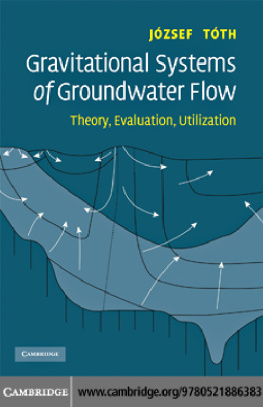


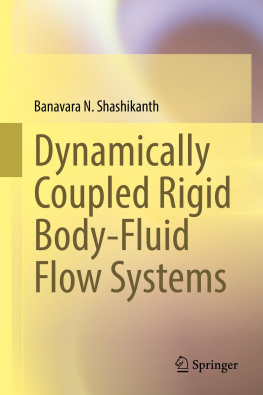
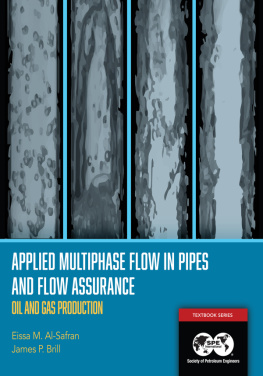
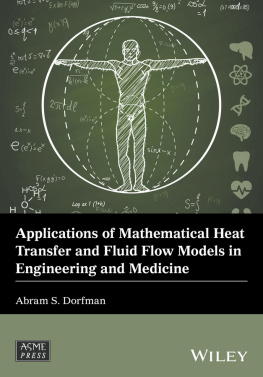
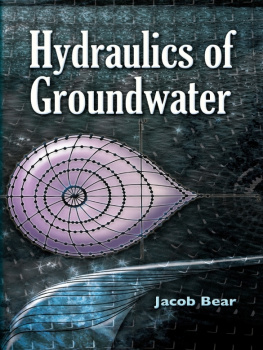

 This page intentionally left blank
This page intentionally left blank